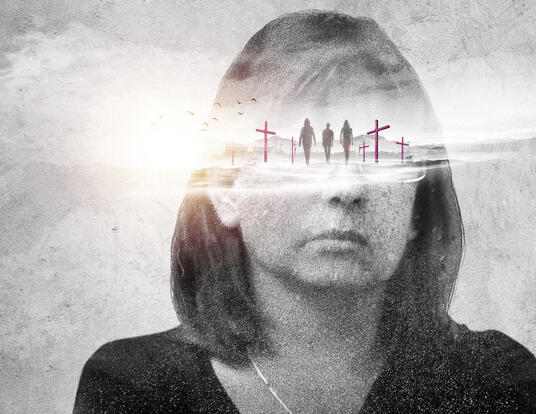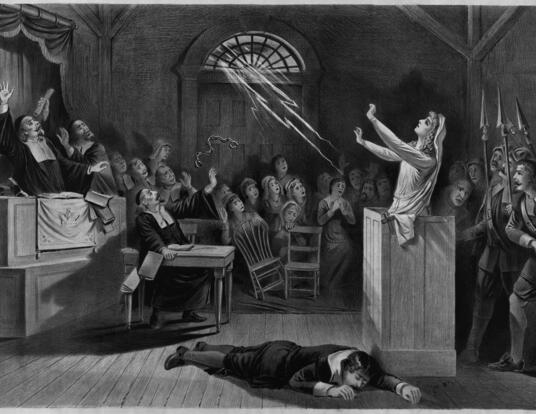Old Tales, New Stories
Andrew Koenig, PhD Student

Andrew Koenig is a PhD student in the Department of English. He discusses his work on the phenomenon of rewriting, its larger context, and the joy he has found teaching while at Harvard Griffin GSAS.
Reading Reincarnation
Why do novelists seem eager to revisit familiar narratives or plots and rewrite pre-existing works, as they so often were in the 20th century? And why do they like to change or revise them? If you look at the books that have received big literary awards and attention over the past few decades, many revisit or rewrite some classic text. At the same time, it is often said that these works are unoriginal or derivative, as though authors have run out of plots and ideas and have to rely on the past. In my research, I show that they’re actually participating in a larger and longer cycle of adaptation and recirculation.

There is this commonplace notion that in the early 20th century, people were avant-garde, modern, and different; that they turned their back on history; and that now we are more conservative and unoriginal. But if you look at the literary history of the 20th century, there is plenty of rewriting, not just in novels but in film, theater, everywhere. Jean Rhys’s 1966 novel, Wide Sargasso Sea, for instance, is a prequel to Charlotte Brontë’s Jane Eyre, but from the perspective of the madwoman in the attic. Instead of hearing the success story of Jane Eyre, we hear about Mr. Rochester’s first wife who has a very unhappy end. Tom Stoppard’s play Rosencrantz and Guildenstern Are Dead does the same thing but with Hamlet.
I believe that the history of rewriting is understudied, even though whenever you look at a publisher’s catalog you’ll see a new version of a Brontë novel, a new take on a Dickens novel, a new version of Jane Austen. Yes, everyone is rewriting, and yes, it’s been happening forever, but how do people go about it? Why do authors pick certain plots or certain works, rather than inventing a new and different plot of their own?
I aim to categorize the different forms of rewriting that have taken off over the past few decades and put them in the context of a larger trend of rewriting in the twentieth century. Along those lines, I look at modernist authors like Virginia Woolf and D.H. Lawrence, who engage in acts of retelling or revisiting, and study how they distinguish themselves from the past and recycle longstanding narratives to make them fresh. I also look at contemporary novelists like Zadie Smith and Geoff Dyer, who use old narratives and plots to tell new stories. All of my work is grounded in my interest in literary history, and the reincarnation of familiar stories in the present day.
A Pleasure and a Challenge
Since first coming to Harvard Griffin GSAS, I’ve taught in the classroom, at Beacon Hill Books in Boston, and on Zoom both for Harvard and the Antrim Literature Project. I’ve taught Extension School and College students, kids and adults. It is always a fresh pleasure and challenge to get to know your students and figure out how a text is best taught; how you make your way through a thousand-page novel and a two-page poem is not the same.
Sometimes I get emails from students telling me how grateful they are for the feedback I have given them on their work, and that their writing has improved since working with me. That feels good. My goal is not only to teach students great literature and connect it to the present day, but also to help them think more clearly, express their thoughts more precisely, and make their arguments more well-defined.
Get the Latest Updates
Join Our Newsletter
Subscribe to Colloquy Podcast
Simplecast





